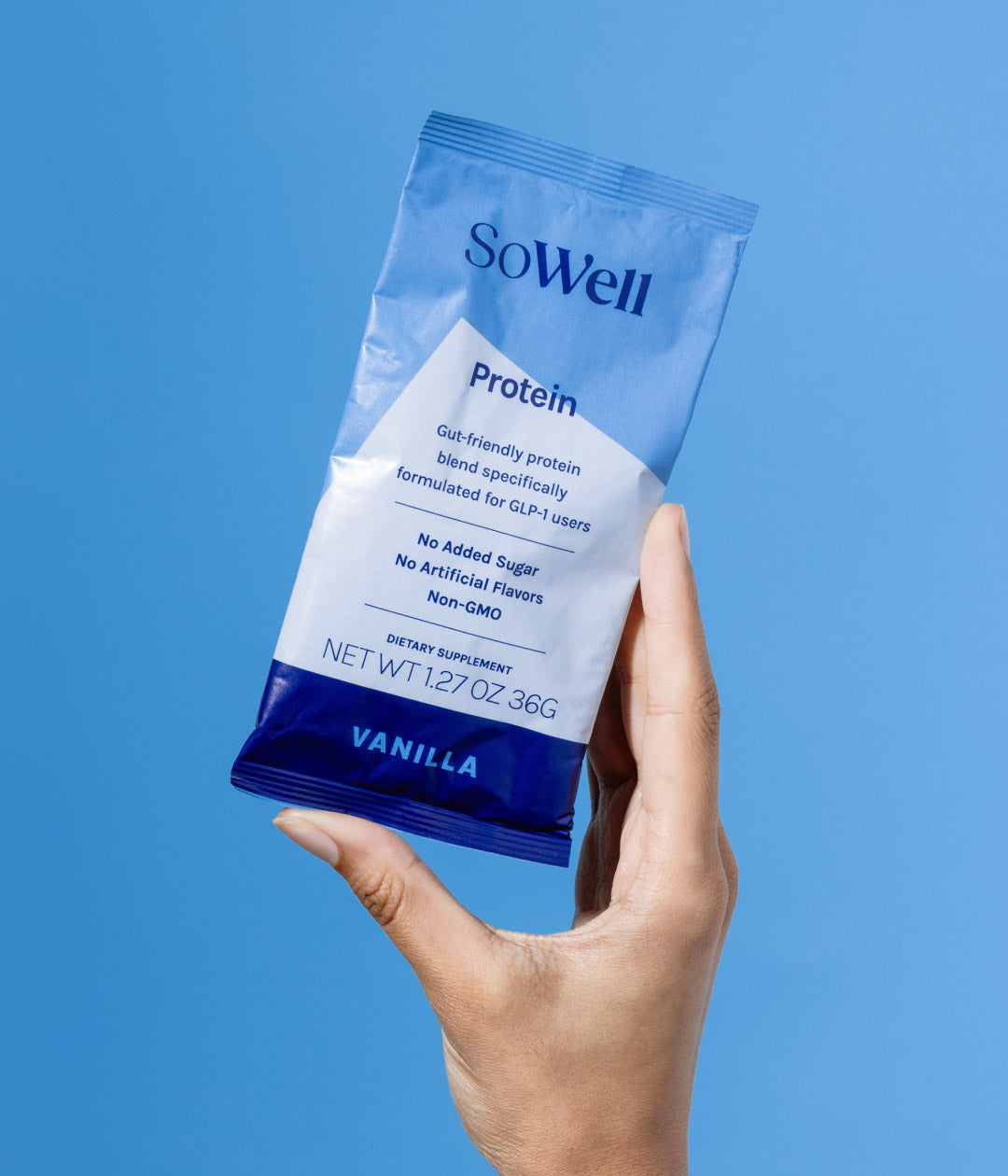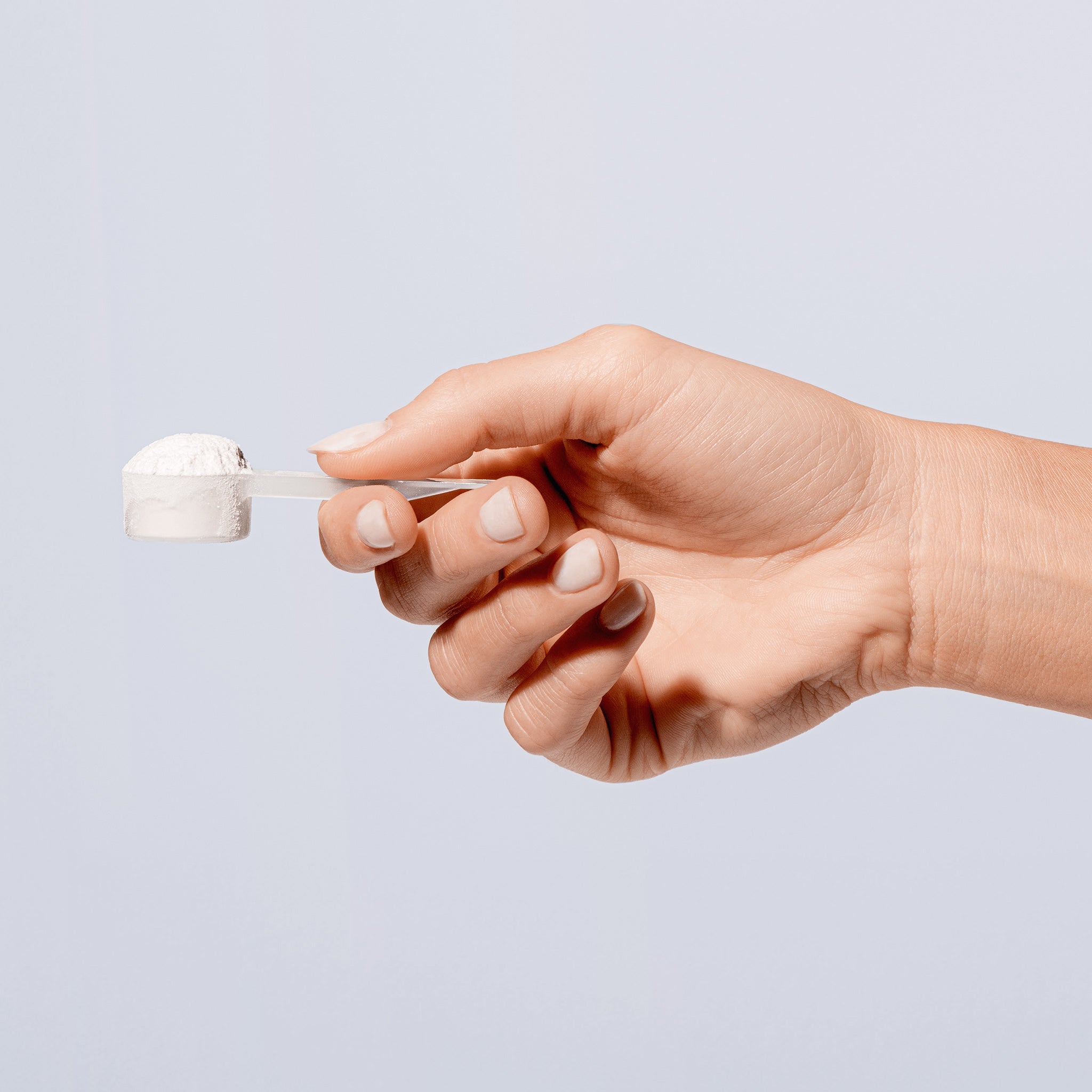
What does it mean to have type 2 diabetes? Here’s what you need to know about the most common type of diabetes, a condition that affects more than 1 in 10 Americans.
You might recognize diabetes as having something to do with blood sugar. But did you know that it affects more than 1 in 10 Americans or about 34 million people? That’s a decent amount of the adult population. If you have a diabetes diagnosis or know someone who does, it can certainly feel overwhelming. However, understanding what exactly the condition does to the body can help manage both the fears and the symptoms that come with the chronic disease.
For starters, diabetes mellitus actually refers to a group of diseases that influence your body’s blood glucose (or blood sugar) levels. More than 90% of those with the condition have type 2 diabetes mellitus or simply, type 2 diabetes, according to the Centers for Disease Control and Prevention. So what is type 2 diabetes, specifically? Here’s a breakdown of the key information, including how it affects blood sugar, plus how it’s diagnosed.
What is type 2 diabetes mellitus exactly?
At the surface, type 2 diabetes means the body isn’t using the hormone insulin properly, which messes with blood sugar levels. In those without diabetes, the pancreas makes insulin, which travels the bloodstream. Insulin then circulates and allows for glucose (or sugar) to enter your cells. Your cells need the glucose in order to function properly and maintain energy for everyday life. Your brain also needs it to think clearly. Without that glucose getting to your cells, you can feel pretty fatigued.
Because insulin sends sugar out of the blood and into the cells, it helps lower your blood sugar. But that’s not quite the case for those with type 2 diabetes. In those with type 2 diabetes, the cells resist insulin, blocking its ability to send glucose to the cells. This causes sugar build-up in the bloodstream. As sugar levels elevate, the pancreas works harder to make more insulin, but often can’t keep up with the demand.
What’s so bad about high levels of sugar in the bloodstream anyway? Well, in addition to your cells not getting their main source of energy, leading to symptoms of diabetes like fatigue, thirst, and frequent urination, elevated blood sugar can also cause a range of additional health conditions, including heart disease. While it’s not known exactly what causes type 2 diabetes, genetics and lifestyle factors can play a role. Those who are overweight also have an increased risk of the condition, according to research. That’s why it’s so important to be aware of type 2 diabetes, how to prevent it, and how to manage your blood sugar if you have it. Otherwise, you risk your overall health and longevity.
How is type 2 diabetes diagnosed?
Though it can happen at any age, doctors most often diagnose type 2 diabetes in adults over 40, according to the Mayo Clinic. This is unlike type 1 diabetes, which doctors typically diagnose in children and young adults.
A few lab tests will offer insights into your blood sugar levels to help with diagnosis. This includes a random blood sugar test which you can get at your regular doctor’s office at any time. The test will indicate diabetes if your blood sugar level is 200 milligrams per deciliter (or mg/dL), the common measurement for glucose in the blood. Other tests include:
Hemoglobin A1C test, which reflects your average blood sugar number over the past two to three months. Normal levels fall under 5.7, while pre-diabetes ranges from 5.7 to 6.4, and potential type 2 diabetes mellitus reaches 6.5 or higher.
Fasting glucose represents your blood sugar at one point in time and requires an overnight fast, typically of eight hours. Normal levels for this lab test fall under 100 mg/dL, while pre-diabetes strikes between 100 and 125 mg/dL, and potential type 2 diabetes mellitus reaches 126 mg/dL or greater.
Pregnancy and screening for gestational diabetes often calls for an oral glucose tolerance test. This involves an overnight fast and then drinking a sugary liquid at the doctor’s office. The doctor then tests blood sugar levels periodically for the next two hours. Normal levels hit 140 mg/dL, while pre-diabetes falls between 140 and 199 mg/dL and 200 mg/dL suggests diabetes.
If you’ve used the SoWell Health Weight Biology Kit and received the corresponding report, you will see your hemoglobin A1c (HbA1c) levels listed, along with fasting glucose numbers. All of these tests give you key insights into your blood sugar levels. Even if you don’t have diabetes, these numbers can reveal pre-diabetes or insulin resistance. This indicates it’s time to see your doctor and talk about a potential diagnosis or lifestyle changes you can make to improve your health.
Is type 2 diabetes curable?
Finding out you have abnormal glucose levels or getting a full-on type 2 diabetes diagnosis can seem scary, but don’t panic! Talking to your doctor about your diabetes diagnosis can help you move your health in the right direction.
While some people with type 2 diabetes require medication and insulin, others do not. Those with prediabetes (or elevated blood sugar levels that aren’t quite high enough to reach a full-on diabetes diagnosis), for example, can reverse their condition with weight loss and lifestyle changes. These changes include exercise, a healthy diet, and regular blood sugar monitoring. It’s also smart to work with your doctor and other health experts. They’ll help you come up with a plan to address elevated glucose levels. And that’s an important first step toward bettering your overall health. Plus, it’s always helpful to take your health improvements one step at a time.
If you want more key insights into your well-being, including blood sugar levels, try the SoWell Health Weight Biology Kit. It gives you the information you need to feel empowered to better your health. Check out the at-home testing kit to learn more.

















